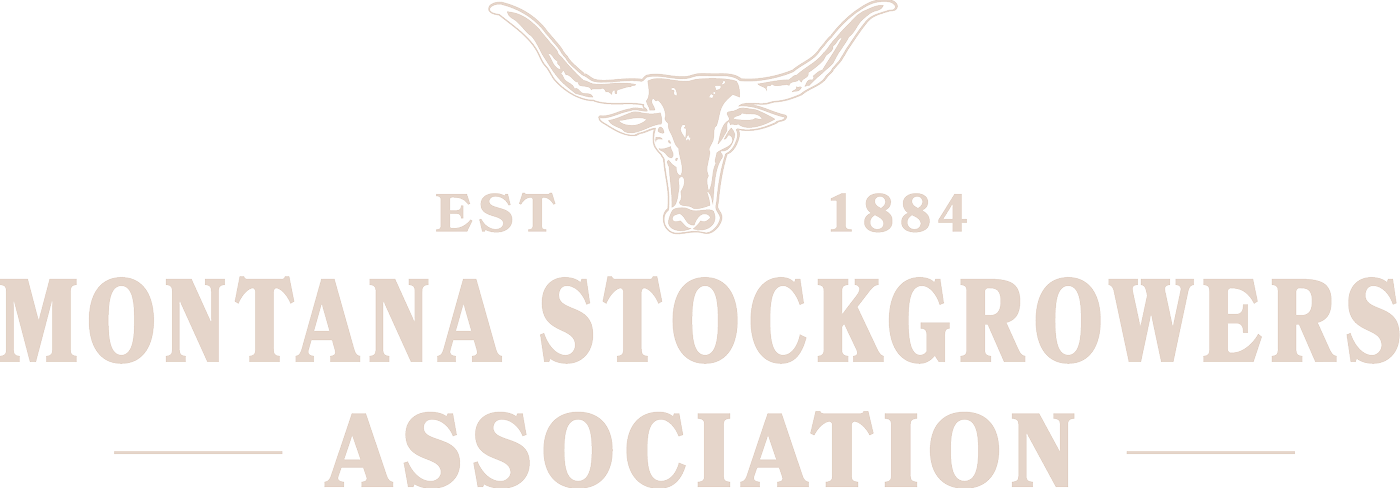Assistance also available for feed and water hauling expenses
BOZEMAN, Montana, April 07, 2022 — Due to the persistent drought conditions in the Great Plains and West, the U.S. Department of Agriculture (USDA) is offering additional relief through the Emergency Assistance for Livestock, Honeybees and Farm-raised Fish Program (ELAP) to help ranchers cover above normal costs of hauling livestock to forage or other grazing acres. This policy enhancement complements previously announced ELAP compensation for hauling feed to livestock. ELAP livestock and feed hauling assistance is retroactive for 2021 and will be available for losses in 2022 and subsequent years.
“Stakeholder input matters. After we rolled out updated ELAP policy last year to help cover the cost of hauling feed to livestock, thankful producers across the country expressed their appreciation for the expanded assistance and made suggestions to further improve the program,” said Zach Ducheneaux, FSA Administrator. “The additional update we are announcing today to help ranchers cover above normal costs of hauling livestock to forage reflects our commitment to meet our producers’ needs, whenever we have the flexibility and authority to do so.”
“Unfortunately, drought conditions across the U.S. continue and, in many states, have worsened. In response, we continue to find ways to help livestock producers alleviate some of the financial strain,” said Les J. Rispens, Acting State Executive Director for FSA in Montana. “This most recent ELAP program update recognizes that, for some ranchers, hauling livestock to forage rather than feed to livestock is easier and makes more sense financially.”
ELAP Assistance Overview
ELAP provides financial assistance to eligible producers of livestock, honeybees and farm-raised fish for losses due to disease, certain adverse weather events or loss conditions as determined by the Secretary of Agriculture. In addition to ELAP covering feed transportation costs where grazing and hay resources have been depleted, ELAP now also covers transportation costs associated with hauling livestock to feed sources This includes places where:
- Drought intensity is D2 for eight consecutive weeks as indicated by the U.S. Drought Monitor; or
- Drought intensity is D3 or greater.
Additionally, FSA has updated ELAP policy to also cover water hauling in areas experiencing D2 for eight consecutive weeks, lowering the drought intensity threshold (previously D3) triggering the availability of this financial assistance.
Eligibility
To be eligible for ELAP assistance, livestock must be intended for grazing and producers must have incurred feed or livestock transportation costs on or after Jan. 1, 2021. Although producers will self-certify losses and expenses to FSA, producers are encouraged to maintain good records and retain receipts and related documentation in the event these documents are requested for review by the local FSA County Committee.
Payment Calculations
USDA will reimburse eligible ranchers 60% of livestock transportation costs above what would have been incurred in a normal year. Producers qualifying as underserved (socially disadvantaged, limited resource, beginning or military veteran) will be reimbursed for 90% of the feed transportation cost above what would have been incurred in a normal year.
USDA uses a national cost formula to determine reimbursement costs that will not include the first 25 miles and distances exceeding 1,000 transportation miles. The calculation will also exclude the normal cost to transport hay or feed if the producer normally purchases some feed. For 2021, the initial cost formula of $6.60 per mile will be used (before the percentage is applied).
Online Decision Tool
Producers can use the updated ELAP Feed Livestock Transportation Producer Tool to help producers document and estimate payments to cover both feed and livestock transportation costs caused by drought. The tool (a Microsoft Excel workbook) and other resources are available at fsa.usda.gov/elap. Final payments may vary depending on eligibility.
Eligible ranchers should contact their FSA county office to apply for ELAP assistance. To simplify the application process, ranchers can print or email payment estimates generated by the online tool for submission to FSA. The deadline to request ELAP assistance for hauling livestock to forage in 2021 is June 30, 2022. The deadline to request all ELAP assistance for 2022 calendar year losses will be Jan. 31, 2023.
More Information
Additional USDA disaster assistance information can be found on farmers.gov, including USDA resources specifically for producer impacted by drought and wildfire and the Disaster Assistance Discovery Tool, Disaster-at-a-Glance fact sheet and Farm Loan Discovery Tool. For FSA and Natural Resources Conservation Service programs, producers should contact their local USDA Service Center. For assistance with a crop insurance claim, producers and landowners should contact their crop insurance agent.
USDA touches the lives of all Americans each day in so many positive ways. In the Biden-Harris Administration, USDA is transforming America’s food system with a greater focus on more resilient local and regional food production, fairer markets for all producers, ensuring access to healthy and nutritious food in all communities, building new markets and streams of income for farmers and producers using climate smart food and forestry practices, making historic investments in infrastructure and clean energy capabilities in rural America, and committing to equity across the Department by removing systemic barriers and building a workforce more representative of America. To learn more, visit www.usda.gov.
Press release provided by USDA Farm Service Agency
